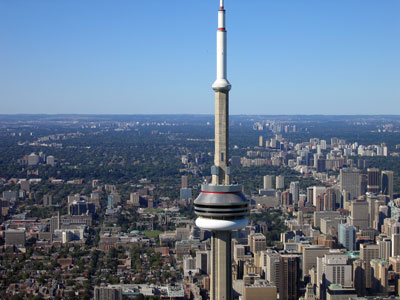I got hired by an agency that had a slogan: Creative First. And as a creative person, I was delighted to join an agency that subscribed to this idea.
But it didn’t work quite like that.
One of their clients had absolutely no interest in creativity.
They were a bank and a rather stodgy bank at that.
Once in an internal meeting, I joked the agency slogan ought to be:
Creative First – Except the Bank.
Because when it came to the bank’s rather large slice of business, creativity was simply not required.
There was no real client agency fit and the work simply got ground out.
The agency didn’t like this.
But they put up with it.
In another meeting, I suggested that the agency fire the bank.
(I was a little naïve in those days in case you’re wondering.)
The way I saw it, firing the bank would send a signal that the agency was serious about: Creative First.
So serious they were prepared to live by it.
New accounts would arrive to fill the vacuum.
Better accounts.
More creative accounts.
Maybe this scenario would have transpired, but one thing was certain.
Firing the bank would hurt the bottom line.
Still, someone at the meeting was at least partially listening.
Because a couple of weeks later, instead of firing the bank, the agency fired me.
It was a blow at the time.
But a few months later I experienced a hit of schadenfreude when the bank fired the agency.
I still don’t really understand why the agency couldn't acknowledge, internally at least, it was Creative First – Except the Bank.
True, it doesn’t have the same ring to it, but what was so wrong with admitting they had to do some dull stuff to pay the bills?
Why adopt a slogan that was 70% true at best?
Why not reposition the agency, instead trying to live up to an unattainable ideal?
More recently I worked for an agency that didn’t have a slogan.
They swore by a somewhat long-winded version of account planning.
So instead of a slogan, they had a manifesto.
“We are extremists”, it commenced.
Seeing as they were based in the Middle East, it was funny.
It was ballsy.
It was also sadly untrue.
They were more like waiters.
And not even wonderfully polished waiters, the type who’ll gently steer you away from the three-day old fish, and towards the fresh lamb.
They just took orders from clients.
Admittedly the Middle East is not the easiest place to work.
When the Sheik says “Make the logo bigger”, you basically just suck it up and make the logo bigger.
But not every client was a Sheik.
In spite of which, this “serve the Sheik” mentality, seemed ingrained in the account people.
I wondered what Allan Kazmer, my old boss would have made of it.
Allan used to say, “It’s a service industry not a servile industry”.
That’s an important distinction.
Because recruiting people with the promise of extremism but a reality of ordinary work builds an atmosphere of frustration that doesn’t help the agency.
Why endorse a manifesto you can’t live up to, when you could just position yourself differently and live up to that instead?
We’re extremists disguised as realists or waiters or whatever.
Positioning is what we’re supposed to get isn’t it?
Agencies also fool themselves without the aid of slogans or manifestos.
I worked for a small agency in Toronto, that sometimes pitched against big agencies.
The big agencies would invariably mention to the prospect that they had bigger resources.
And that these bigger resources translated into bigger and better talent.
Well yes and no.
Big agencies may be able to lure established talent with big salaries, but they’re not necessarily any good at spotting talent.
A few years before I worked at the small agency, a guy was about to graduate from the University of Toronto.
He was interested in the advertising industry.
He wrote to the 18 largest agencies in Toronto asking for an interview.
He got 18 rejection letters.
So eventually he got a job writing for the New Yorker.
And then became a best-selling author recognized as one of the most original marketing minds of his generation.
His name is Malcolm Gladwell.
And not one of those 18 agencies could spot his prodigious talent.
Now, if an agency is fooling itself, it doesn’t necessarily follow that it’s fooling its clients.
But it’s almost certainly not getting the best out of the people who work there.
Which means it’s unlikely that clients are getting the best out of the agency.
And isn’t that the point?
What I've learnt from the good agencies I’ve been lucky enough to work at is, they invariably aren’t fooling themselves.









